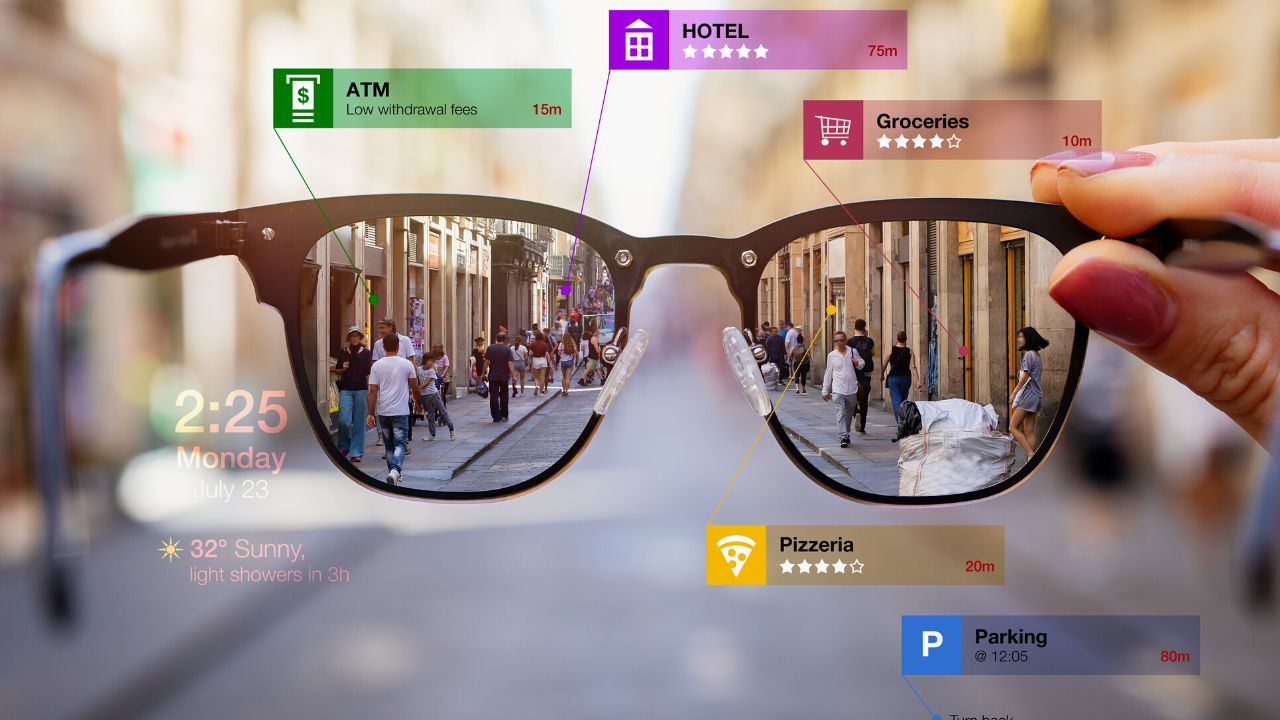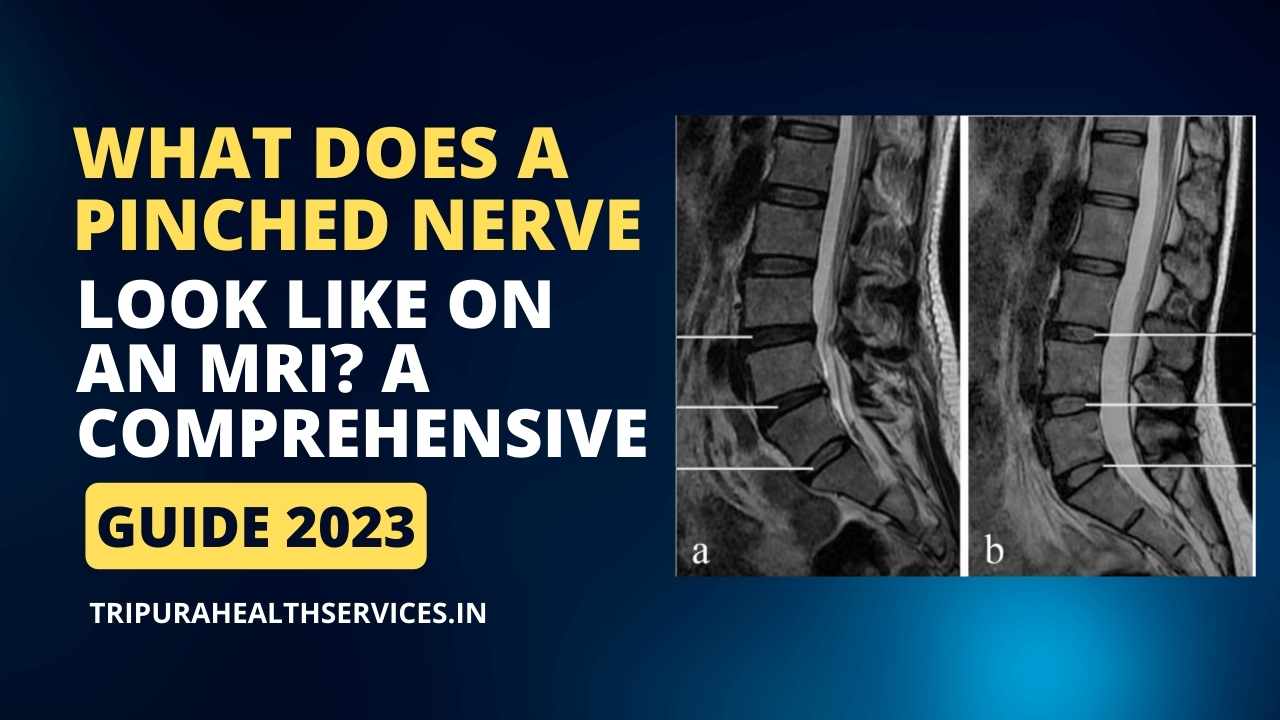Types of Augmented Reality (AR) with Examples, Advantages, Disadvantages, Examples

There are several different types of augmented reality (AR), including:
- Marker-based AR: This type of AR uses a physical marker, such as a QR code or image, to trigger the display of digital content. The marker is detected by a device, such as a smartphone or a headset, and the digital content is overlaid onto the physical world in a way that is aligned with the marker.
- Markerless AR: This type of AR uses computer vision algorithms to recognize and track physical objects or environments, and then overlay digital content onto them. Markerless AR does not require a physical marker to trigger the display of digital content and can be used in a wide range of applications, such as navigation or gaming.
- Projection-based AR: This type of AR uses a projector to display digital content on a physical surface, such as a wall or table. The digital content is aligned with the physical surface and can be interacted with using gestures or controller inputs.
- Superimposition-based AR: This type of AR involves the overlay of digital content onto the real-time video feed from a device’s camera. The digital content is aligned with the physical world and appears to be part of it, rather than a separate layer.
- Mixed reality (MR): MR is a term that refers to a range of technologies that combine elements of both virtual reality (VR) and AR. MR systems are designed to merge the digital and physical worlds in a way that is more immersive and interactive than traditional AR systems.
Overall, there are several different types of AR, each of which has its own unique characteristics and applications.

Advantages of Augmented Reality
There are many advantages to using augmented reality (AR), including:
- Enhanced User Experience: AR can enhance the user experience by providing additional information, context, or interactivity to the physical world. For example, AR can be used to display information about products or landmarks, or to create interactive games or experiences.
- Increased Efficiency: AR can also increase efficiency by providing real-time information or guidance to users in various settings, such as manufacturing, maintenance, or training. This can help to reduce errors and improve productivity.
- Improved Accessibility: AR can improve accessibility by providing information or assistance to users with disabilities or language barriers. For example, AR can be used to provide audio or visual translations or to provide assistance to those with vision or hearing impairments.
- Greater Flexibility: AR allows for greater flexibility in how and where information is presented, as it can be displayed on a variety of devices, such as smartphones, tablets, or headsets. This makes it easy to access and use AR content in a variety of settings.
- Increased Engagement: AR can also increase engagement by providing a more immersive and interactive experience for users. This can be particularly useful in education, training, or marketing applications, where it is important to hold the attention of users.
Overall, AR has the potential to enhance the user experience, increase efficiency, improve accessibility, and increase engagement in a wide range of applications and industries.
Disadvantages of Augmented Reality
There are also some potential disadvantages to using augmented reality (AR), including:
- Cost: AR technology can be expensive, both to develop and to use. This can be a barrier to adoption for some businesses or individuals.
- Compatibility: AR technology is typically device-specific, meaning that it may only be compatible with certain devices or platforms. This can limit the reach and adoption of AR content.
- Privacy Concerns: AR technology often involves the collection and use of personal data, which can raise privacy concerns for some users. This may be especially concerning in cases where sensitive or confidential information is displayed or shared through AR.
- Technical Limitations: AR technology is still in its early stages of development, and there are a number of technical limitations that may impact the quality and functionality of AR experiences. For example, AR content may be prone to glitches or latency issues, or may not work well in certain lighting conditions.
- Dependence on Technology: AR experiences are typically accessed through devices, such as smartphones or headsets. This means that users may be dependent on technology to access and use AR content, which may not be practical or desirable in all situations.
Overall, while AR has many potential benefits, there are also some potential disadvantages that need to be considered when deciding whether to use AR technology.

Examples of Augmented Reality
Here are a few examples of augmented reality (AR) in action:
- Navigation: AR can be used to provide real-time navigation instructions or information to users, such as turn-by-turn directions or information about nearby landmarks or points of interest. This can be particularly useful for tourists or those unfamiliar with an area.
- Education: AR can be used in education to create interactive and immersive learning experiences. For example, students can use AR to explore virtual environments, such as historical landmarks or scientific concepts, and interact with digital objects in a way that feels natural and familiar.
- Marketing: AR can be used in marketing to enhance the customer experience and create engaging and interactive promotions. For example, retailers can use AR to display product information or special offers to customers in-store, or to create interactive experiences that showcase their products.
- Healthcare: AR can be used in healthcare to provide real-time guidance or information to doctors, nurses, and other healthcare professionals. For example, AR can be used to display medical information or procedures during surgery, or to provide assistance with diagnostics or treatment planning.
- Gaming: AR can be used in gaming to create fully immersive and interactive experiences. For example, players can use AR headsets to enter virtual worlds and interact with digital objects using their hands and body, rather than controller inputs.
Overall, AR has the potential to enhance a wide range of industries and applications, by providing
5 Benefits of Augmented Reality in Marketing
There are several benefits to using augmented reality (AR) in marketing, including:
- Enhanced Customer Experience: AR can enhance the customer experience by providing additional information, context, or interactivity to the physical world. For example, AR can be used to display information about products or services, or to create interactive experiences that showcase a brand or product.
- Increased Engagement: AR can also increase engagement by providing a more immersive and interactive experience for customers. This can be particularly useful in marketing campaigns, where it is important to hold the attention of potential customers.
- Greater Flexibility: AR allows for greater flexibility in how and where marketing content is presented, as it can be displayed on a variety of devices, such as smartphones, tablets, or headsets. This makes it easy to access and use AR marketing content in a variety of settings.
- Personalization: AR can also be used to create personalized marketing experiences for customers. For example, AR can be used to display customized offers or recommendations based on a customer’s preferences or history.
- Measurable Results: AR marketing campaigns can be tracked and measured to assess their effectiveness. This allows marketers to identify what is working and what is not, and to make adjustments to optimize the campaign.
Overall, AR has the potential to enhance the customer experience, increase engagement, provide greater flexibility, offer personalized experiences, and enable measurable results in marketing campaigns.







3 Comments